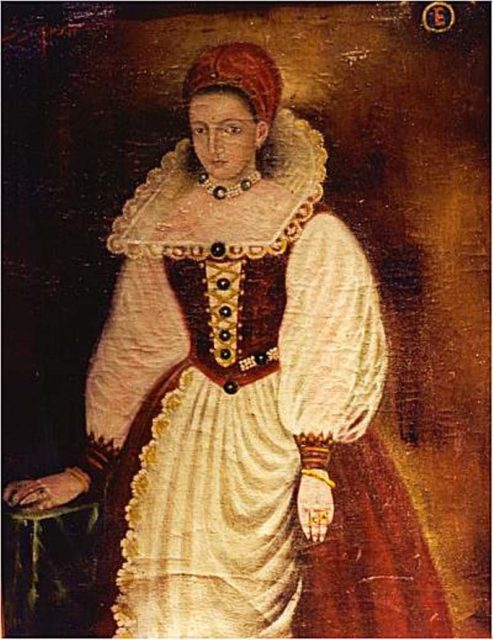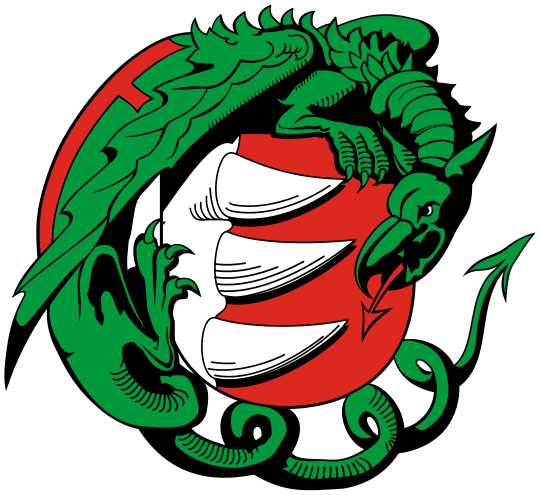The dark and twisted have always served as inspiration to artists, even if sometimes “dark” means inhumane crimes and murders. An example is the notorious case of Elizabeth Báthory, the so-called Hungarian “blood countess,” who seems to have inspired the conceptualized music authored by the British extreme-metal band Cradle of Filth. One of their studio albums, Cruelty and the Beast, released in 1998, was based on the sick legacy of the blood countess.
Cruelty and the Beast is not the only artistic output based on the stories of the countess’ gruesome killings. The album itself incorporates narrative bits from the 1971 film Countess Dracula, a British horror film that explored Báthory’s wrongdoings.
As much as one may wish that Elizabeth Báthory was pure myth, she was a real person, born in 1560, in Transylvania. She was raised in a wealthy household, and her family was well noted in the region for having produced a dozen prominent people, kings and nobles included.
Already as a child, Elizabeth would display signs of disturbing behavior, such as outbursts of rage. It is further known that as a child she witnessed of acts of torture performed on peasants who happened to live in the proximity of the Báthory family home. Allegedly, it was associates of her father who conducted these cruel deeds, but a number of family members did not make good role models.

One of her aunts supposedly taught her everything she ever needed to know about sadomasochism, while another close relative gave her a lesson or two on subjects like Satanism. All of it just might have served as the foundation for Elizabeth to one day become the sadistic serial killer she was. Likely one of the wealthiest such murderers in history as well.
Elizabeth would commence her blood-thirsty activities within the boundaries of Csejthe Castle. She moved into this castle after marrying Count Ferenc Nádasdy at the age of just 15.
Beautiful Corfe Castle From The Air (Drone Footage)
Her husband also came from a noble family. In fact, the Nádasdy family was, in those years, one of the most powerful in Hungary. As rumor had it, following the wishes of his spouse, Count Ferenc Nádasdy built a special torture chamber in the castle.

As much as Elizabeth was educated in classical studies, able to quickly understand anything said in German, Greek, or Latin, here in the torture chamber, she demonstrated profound knowledge of various torture techniques.
One of the methods she employed during the depths of winter was ordering some of her poor servant girls to go out in the snow. There, she would pour buckets of cold water over their shaking bodies and wait until their bodies turned lifeless after being caged in ice. On warmer days, Bathory would “coat” an unfortunate girl with honey, then leave her to the ants, bees, and other hungry insects outside.

Accounts suggest that at the beginning of these torture episodes on the property, Báthory was joined by her husband. He would at least limit her sadistic appetites to some degree. After his death in the first years of the 17th century, things slipped out of control.
The sadistic urges of Báthory only seemed to intensify as time passed. Helped by one of her several assistants, a local witch named Dorotta Szentes, Elizabeth did not limit her torture to the girls who came to serve her in the castle. The two would go out hunting for other girls outside the castle, and in the cruelest of circumstances, Báthory would consume bits of flesh taken from the bodies of her unfortunate victims. She allegedly believed their flesh and blood gave her strength, improving her overall health.
Báthory’s sick behavior was ignored for a long time because it was her relatives who administrated the local courts and councils. She became well known among the locals for what she did at her residence until finally, in 1609 or 1610 (accounts on the exact year vary), King Matthias committed to putting an end to the madness.

The king commissioned Count Gyorgy Thurzo to see what was happening at Csejthe Castle. He arrived there just in time to witness Bathory orchestrating one of her torture sessions on a group of young girls. This is when her horrors finally ceased for good.
Báthory and all of her criminal assistants were tried and convicted on 80 cases of murder. Some estimates, however, suggest that the total number of brutal cases of torture and killings was much higher; perhaps around 650 young women were victim to Báthory between 1585 and 1609.
While all of her assistants were sentenced to execution, Báthory herself was imprisoned in 1610 in a dark, windowless room inside Csejthe Castle. The room eventually became her deathbed when her body was found lifeless inside one summer day in August 1614.
